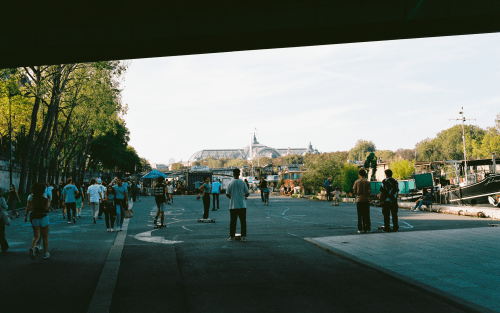Bettina Wolfers, Paris correspondent for the Frankfurter Allgemeine Zeitung
Around 2013-2014, Paris did not have the same high reputation for the arts as other cities such as New York, London, and Berlin. In the wake of Brexit, London-based international galleries found themselves in a situation of great uncertainty, with some beginning to consider opening elsewhere in the EU. In the following years, several of them set up shop in the French capital. But this is not the only reason why Paris became the center of the European art market. At the same time, the Matignon district, not far from the Grand Palais, became the gallery’s new home. Major foundations and institutions opened their doors. This will be followed by the inauguration of the Fondation Cartier’s new flagship building near the Louvre in 2025. New venues have also opened, including Comnuma in Romainville, launched in 2019 with the Fiminco Foundation, as well as Air de Paris, Jocelyn Wolff and In Situ – Fabienne Leclerc. The French capital is also home to many important museums.
Thanks to these developments and an environment that has become fully revitalized in just a few years, fairs like Art Basel have become prominent in Paris. Today, Art Basel’s very existence acts as a magnet that draws the city’s entire art market closer together. Artists, exhibitions, organizations, professionals and collectors flock to the capital, and auction houses hold their best sales to coincide with the fair. . Expectations are high. Many experts are delighted to see Art Basel Paris for the first time in the newly restored Grand Palais, with more space, more exhibitors and a richer and more extensive off-site programme. Masu. In Paris, opportunities abound to create connections between trade fairs and the city, and exhibitions in galleries, museums and many other venues extend what can be seen on trade fair stands. Plus, I think people will have a new obsession after the opening and closing ceremonies of the 2024 Summer Olympics. I am very optimistic about Paris’ future role not only in the European art market, but also as a destination for contemporary art. We will also cover a broader range of art, transcending eras and genres.



